Your Line Lexington home’s geothermal heating and air conditioning system is a pretty incredible piece of equipment. But just like other heating systems, they rely on a heat pump and a series of ducts to push the heated or cooled air throughout your home. When you have trouble with your heat pump, your geothermal system won’t be able to work correctly either. We’ve put together a list of some of the most common problems that we see with heat pumps. If you are experiencing any of these issues, contact your local Line Lexington geothermal professionals immediately.
Insufficient Heat
If your geothermal system has stopped producing enough heat for your home it could be the result of a number of things. Related to your heat pump, the first thing you’ll want to check is the ducts going from your heat pump to your home and their corresponding air filters. There is a good chance that the problem is dirty ducts and a clogged air filter. If that is the case, simply clean the ducts and change the air filter. If this doesn’t fix the problem, you’ll also want to check your thermostat and possibly have it replaced by a professional heating company.
No Heat
If your heat pump has simply stopped producing heat entire it could be a simple fix. Check the power supply to make sure that the main connection isn’t corroded or broken.
Leaks
Leaks in your geothermal system can cause a lot of different problems, including insufficient heating from your water source heat pump. If you think that any of your underground pipes is leaking, call a professional right away to examine your system and make sure nothing needs to be repaired or replaced.
If you’re having any of these issues or other issues with your geothermal heat pump, then call the experts at Carney Plumbing, Heating & Cooling. We have experience working with geothermal systems in Line Lexington and can make sure your system gets back up and running quickly.

